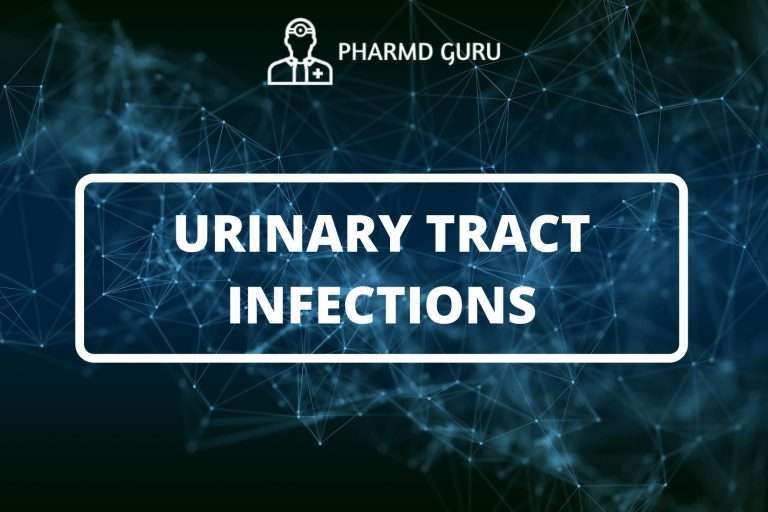
11. FUNGAL INFECTIONS
Introduction Fungal infections, also known as mycoses, are caused by various types of fungi and can affect different parts of the body. In this article, we will explore the etiopathogenesis,…

Introduction Fungal infections, also known as mycoses, are caused by various types of fungi and can affect different parts of the body. In this article, we will explore the etiopathogenesis,…

Malaria is a life-threatening mosquito-borne disease caused by Plasmodium parasites. It remains a major global health concern, particularly in tropical and subtropical regions. In this article, we will explore the…

Urinary tract infections (UTIs) are common bacterial infections that affect the urinary system, including the kidneys, bladder, ureters, and urethra. They can cause discomfort, pain, and potentially serious complications if…

Septicemia, also known as sepsis, is a life-threatening condition characterized by a systemic infection that spreads through the bloodstream. It is a medical emergency that requires immediate diagnosis and treatment.…

Endocarditis is a serious infection of the endocardium, which is the inner lining of the heart chambers and heart valves. It is typically caused by bacterial or, less commonly, fungal…

Gastroenteritis, commonly known as the stomach flu, is an inflammation of the gastrointestinal tract that results in symptoms such as diarrhea, vomiting, abdominal pain, and nausea. It is usually caused…

Respiratory tract infections are common illnesses that affect the airways, including the nose, throat, sinuses, and lungs. These infections can be caused by a variety of pathogens, including viruses, bacteria,…